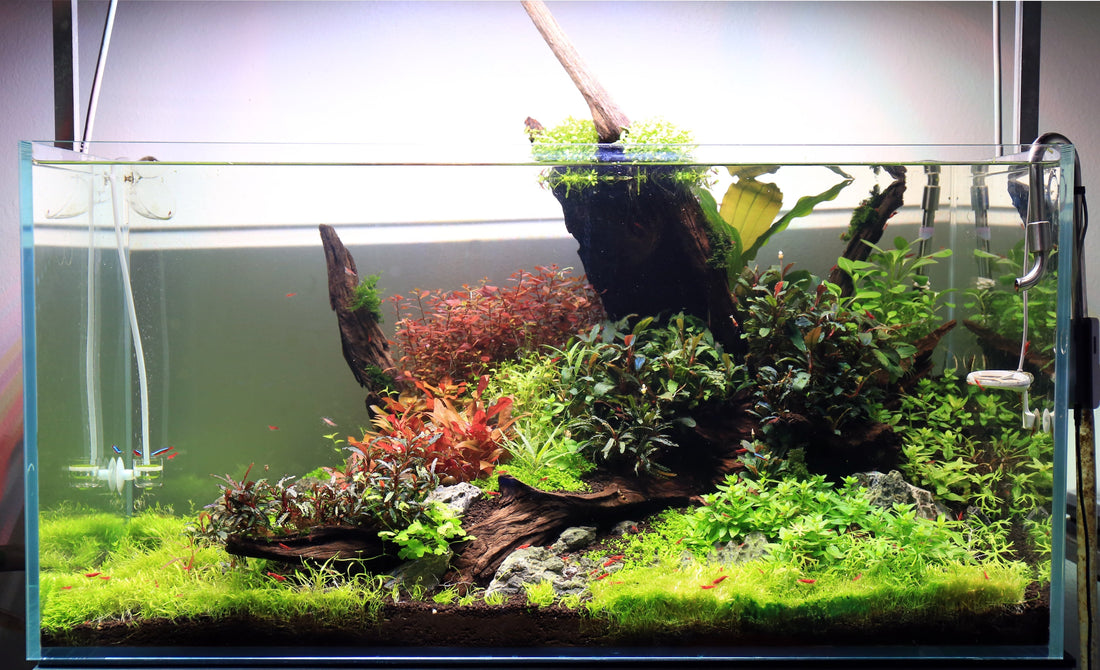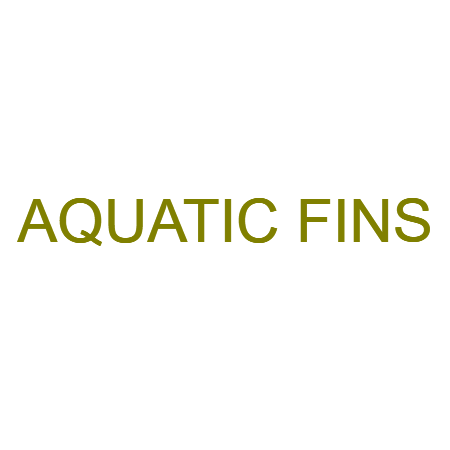
Algae is not bad for your fish tank
Share
Algae is a common sight in many fish tanks, often viewed as a nuisance by aquarium enthusiasts. However, contrary to popular belief, algae is not necessarily bad for your fish tank. In fact, it can provide several benefits to the overall ecosystem of your aquarium.
What is Algae and Why Does it Form in Fish Tanks?
Algae are simple, plant-like organisms that can grow in various aquatic environments, including fish tanks. They thrive in the presence of light, nutrients, and carbon dioxide, which are all abundant in a typical aquarium setting. Algae growth is a natural process and is not necessarily a sign of poor tank maintenance.
Benefits of Algae in Your Fish Tank
Contrary to popular belief, algae can actually benefit your fish tank in several ways. Firstly, algae serve as a natural food source for many fish species, providing essential nutrients and promoting a more balanced diet. Additionally, algae can help oxygenate the water and absorb excess nutrients, contributing to a healthier aquatic environment.
Types of Algae in Fish Tanks
There are various types of algae that can form in fish tanks, including green algae, brown algae, and blue-green algae. While excessive algae growth can be unsightly and indicate an imbalance in the tank, moderate levels of algae are generally harmless and can even be beneficial.
Managing Algae Growth
To maintain a healthy balance of algae in your fish tank, it is important to monitor light exposure, nutrient levels, and water quality. Regular water changes, proper filtration, and the introduction of algae-eating fish or invertebrates can help control algae growth and prevent overpopulation.
Overall, algae is not inherently bad for your fish tank and can actually contribute to a thriving aquatic ecosystem. By understanding the benefits of algae and implementing proper maintenance practices, you can ensure a healthy and balanced environment for your fish to thrive.
